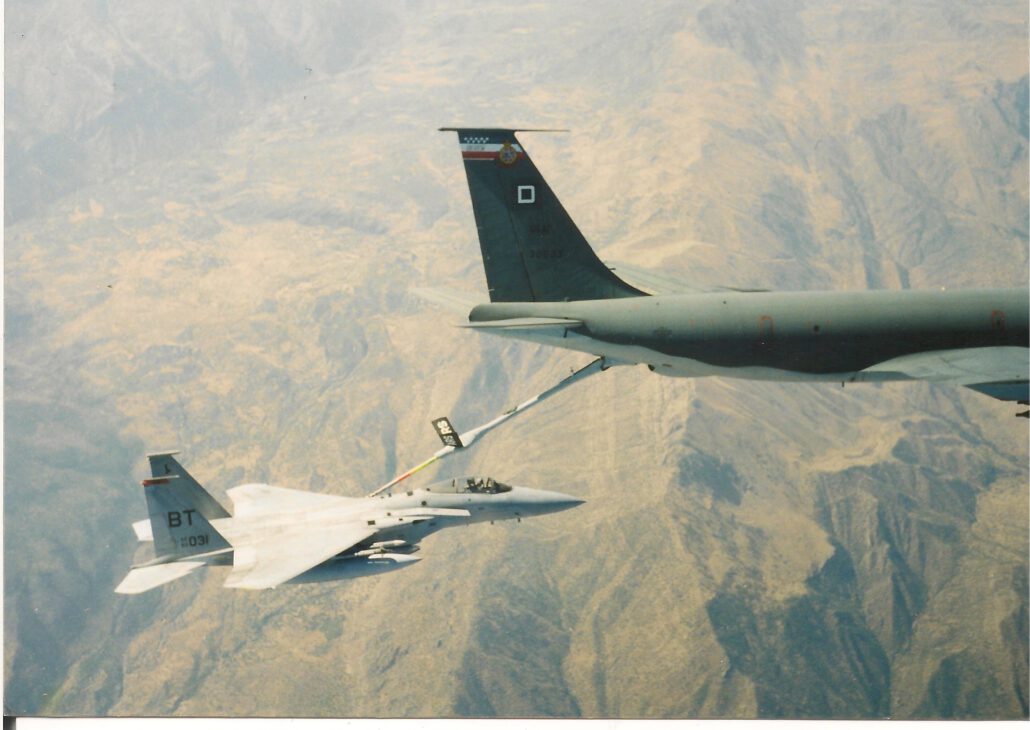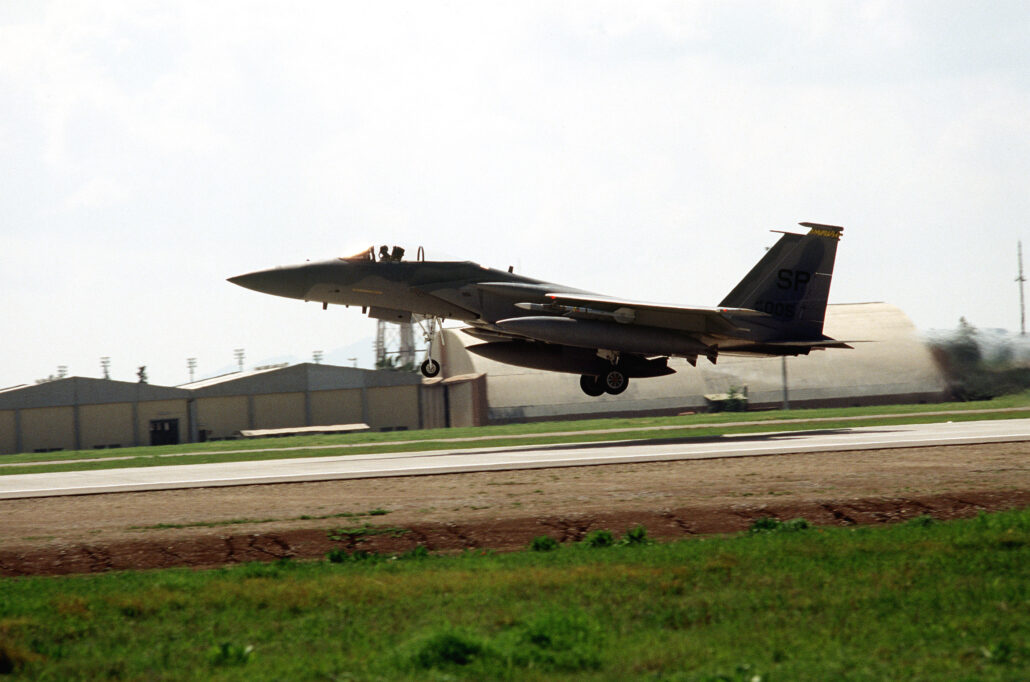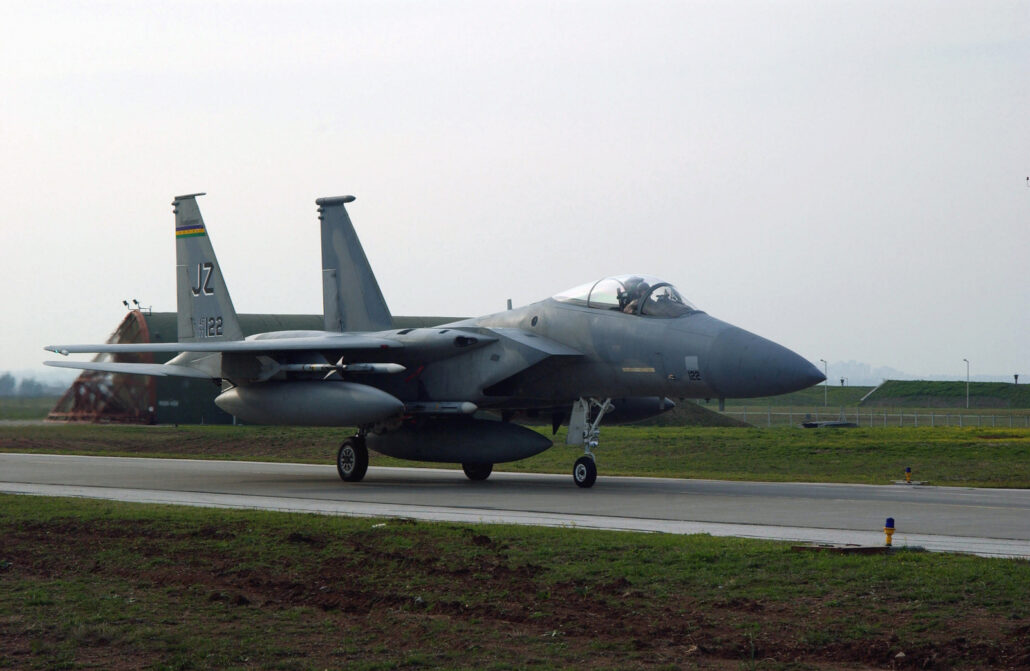Operation Provide Comfort and Provide Comfort II were military operations initiated by the United States and other Coalition nations of the Persian Gulf War, starting in April 1991, to defend Kurdish refugees fleeing their homes in northern Iraq in the aftermath of the Gulf War, and to deliver humanitarian aid to them. The no-fly zone instituted to help bring this about would become one of the main factors allowing the development of the autonomous Kurdistan Region.
The 1991 uprising in northern Iraq resulted in an Iraqi military response towards the rebels in both northern and southern Iraq. Fearing another genocide like what had happened during the 1988 Anfal campaign, millions of Kurds fled towards the border with Iran and Turkey.
On 3 March, General Norman Schwarzkopf warned the Iraqis that Coalition aircraft would shoot down Iraqi military aircraft flying over the country. On 20 March, a US F-15C Eagle fighter aircraft shot down an Iraqi Air Force Su-22 Fitter fighter-bomber over northern Iraq. On 22 March, another F-15 destroyed a second Su-22 and the pilot of an Iraqi PC-9 trainer bailed out after being approached by US fighter planes.

On 5 April, the United Nations Security Council passed Resolution 688, calling on Iraq to end repression of its civilian population. On 6 April, Operation Provide Comfort began to bring humanitarian relief to the Kurds. A no-fly zone was established by the US, the UK, and France north of the 36th parallel, as part of the Iraqi no-fly zones. This was enforced by US, UK, and French aircraft. Included in this effort was the delivery of humanitarian relief of over an estimated 1 million Kurdish refugees by a 6-nation airlift operation commanded from Incirlik Air Base Turkey involving aircraft from the US, UK, France, Germany, Canada, and Italy. Soviet aircraft participated in logistical aspects of the operation. The airlift was commanded by Colonel Dave Wall, Wing Commander, Aviano Air Base, Italy. Intel and Planning Section Chief was Lt. Colonel Mike DeCapua who coordinated drop zone locations and unique aircraft loads. During the 31-day airlift, more tonnage was delivered and more air miles flown than in the entire Berlin Airlift. C-130s and other transport aircraft flew air drop missions under AWACS control with A-10s and F-16s providing air and ground fire support for the airlift aircraft. On several occasions A-10s neutralized Iraqi radar units in the Zaku area.
It ran from April 5, 1991-December 31, 1996 and the following F-15 units were invloved while based at Incirlik AB, Turkey
22 Fighter Squadron, 32 Fighter Squadron, 53rd Fighter Squadron, 101 Fighter Squadron, 122 Fighter Squadron, 525 Fighter Squadron
The operation ended officially on 31 December 1996 at the request of the Government of Turkey who wanted to improve relations with Iran and Iraq. It was followed by Operation Northern Watch, which began on 1 January 1997 with the mission of enforcing the northern no-fly zone. France declined to participate in Operation Northern Watch.

